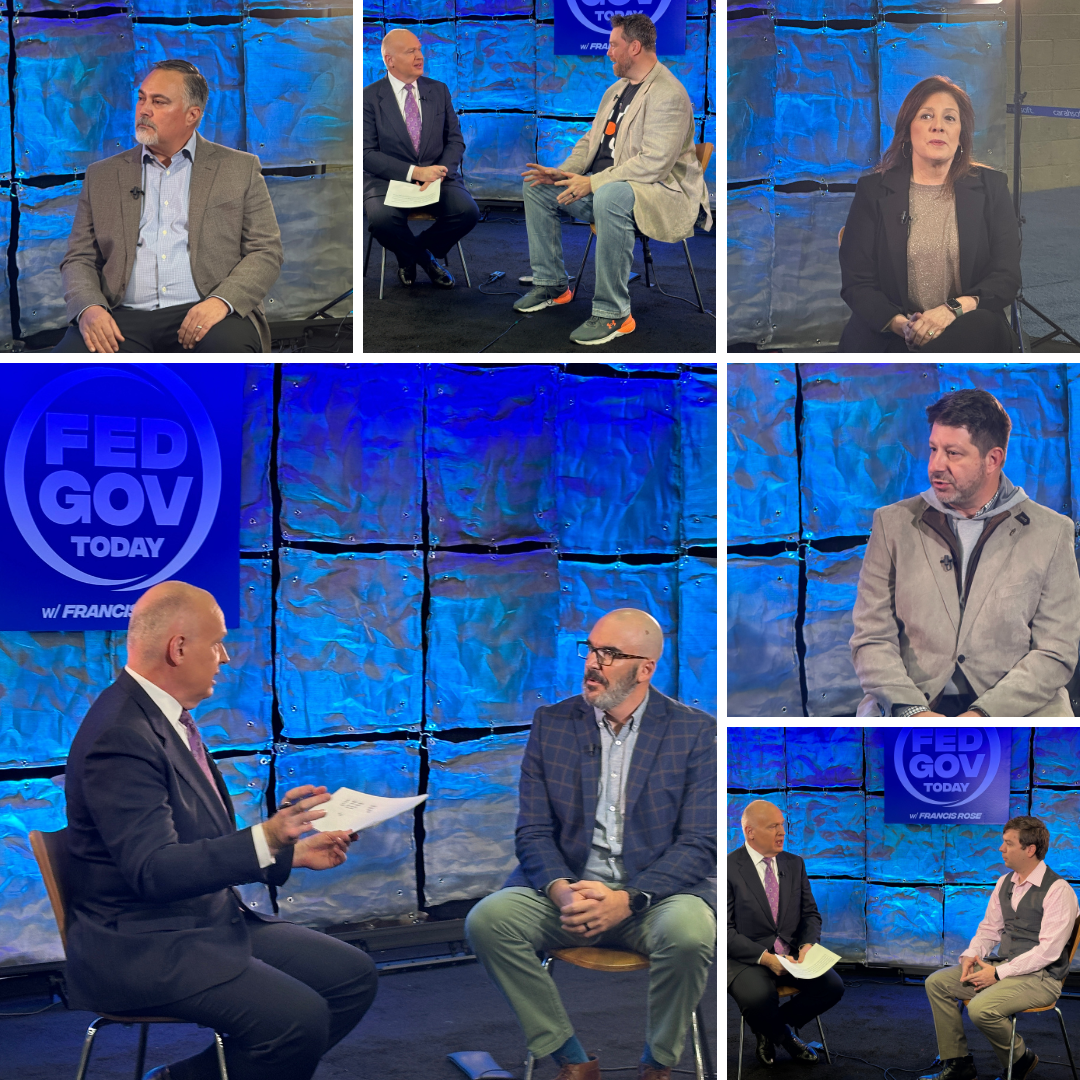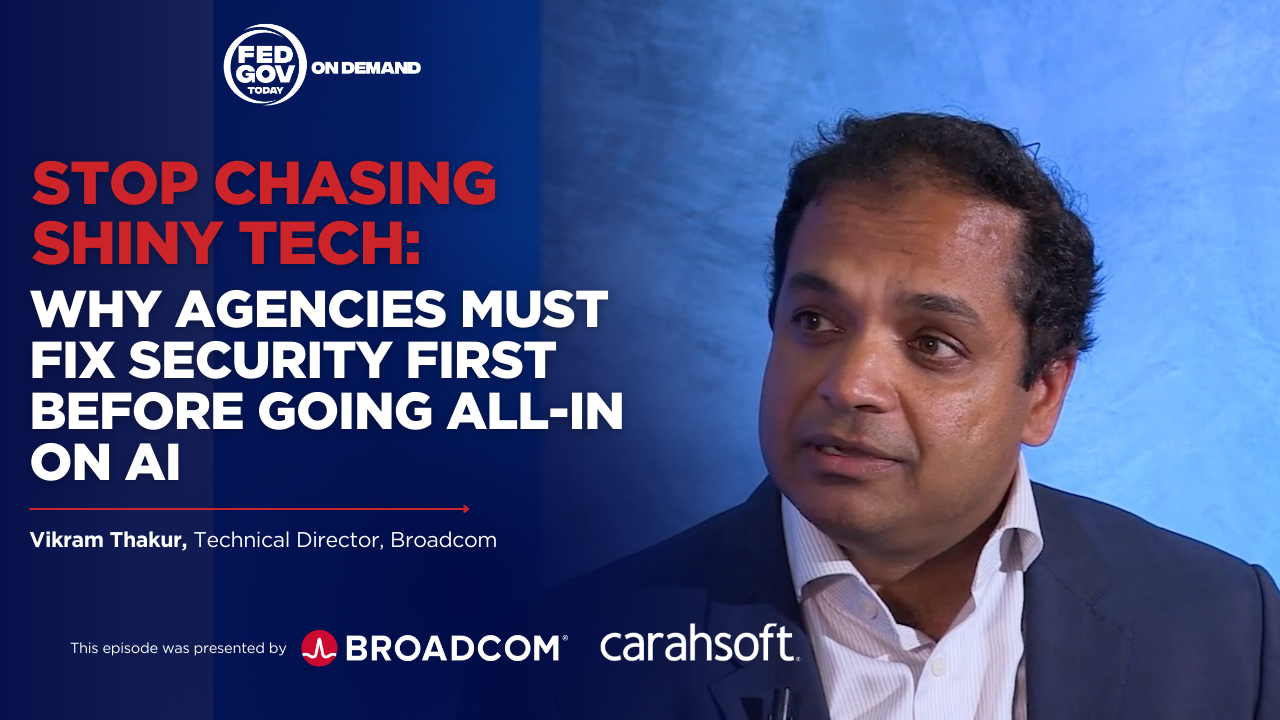Presented by Billington Cybersecurity
Each year, thousands of government, military, and industry leaders gather in Washington, D.C. for one of the nation’s premier cybersecurity events: the Billington Cybersecurity Summit. As the 16th annual summit approaches, Troy Schneider, President of Billington Cybersecurity, shares what makes this year’s conversations different and why 2025 feels like a turning point for federal cyber defense.
According to Schneider, artificial intelligence is at the heart of nearly every discussion in cybersecurity today. Last year, much of the attention focused on the risks—how adversaries might use AI to launch attacks, and the vulnerabilities hidden in AI models themselves. This year, he says, the tone is shifting. “There’s a lot more talk and a lot more actual work being done on how to use AI to help the defenders,” Schneider explains. From log analysis to real-time detection, agencies and organizations are moving quickly to put AI to work for security teams. The sense of urgency remains, but there is also optimism that AI can become a force multiplier for those protecting critical networks and systems.
Policy direction also shapes this year’s conversations. Schneider points to the Trump administration’s emphasis on “sharing the load” in cybersecurity. Rather than concentrating all responsibilities in agencies like CISA, the administration is encouraging a tighter focus for federal roles and pushing more responsibility onto state and local governments. This approach recognizes that  cybersecurity cannot be handled by the federal government alone. Critical infrastructure, local governments, and private industry all play essential roles in defense.
cybersecurity cannot be handled by the federal government alone. Critical infrastructure, local governments, and private industry all play essential roles in defense.
Another area of emphasis is “holistic cybersecurity,” which Schneider describes as looking beyond defensive postures to consider active deterrence and offensive capabilities. The administration, he notes, is leaning into strategies that integrate AI, offensive tactics, and broader modernization efforts into a more unified vision of security. Cybersecurity, in this framing, is not just about patching holes or stopping intrusions; it is about creating resilience and deterrence at every level of government.
The Billington Summit also reflects the increasingly international nature of cybersecurity. This year’s agenda features speakers from allied nations including the United Kingdom, Australia, and Canada, as well as Ukraine. Schneider is particularly excited about the perspective from Ukraine’s Security Service, which offers firsthand lessons from the intersection of cyber and kinetic warfare. The ongoing conflict has shown how cyberattacks and defenses are integrated into modern battlefields, serving as both a weapon and a shield in real time. For U.S. leaders, these insights are invaluable in preparing for the future.
“Cyber is a team sport,” Schneider reminds us, emphasizing that no single agency, government, or industry can go it alone. The summit brings together federal officials, state and local leaders, international partners, and industry innovators to exchange ideas and compare strategies. This diversity of perspectives is critical, given the shared nature of today’s threats. Attacks on local governments, for example, can have national implications, just as foreign adversaries’ tactics can ripple across borders.
Schneider’s message is one of both caution and optimism. The risks posed by AI, advanced adversaries, and evolving threats remain real and pressing. But the momentum in 2025 is toward harnessing technology, strengthening partnerships, and learning from global experiences. For those attending the summit, the discussions will not only reflect the state of cybersecurity today but also help chart its future direction.
As the federal government, industry, and allies prepare to convene in Washington, Schneider frames the moment as one of transformation. The convergence of AI and cybersecurity, the evolution of U.S. policy under the Trump administration, and the growing international collaboration all point to a cybersecurity landscape that is broader, faster, and more integrated than ever before. The Billington Cybersecurity Summit, he suggests, is where those threads come together—and where the next chapter of federal cybersecurity strategy begins.



